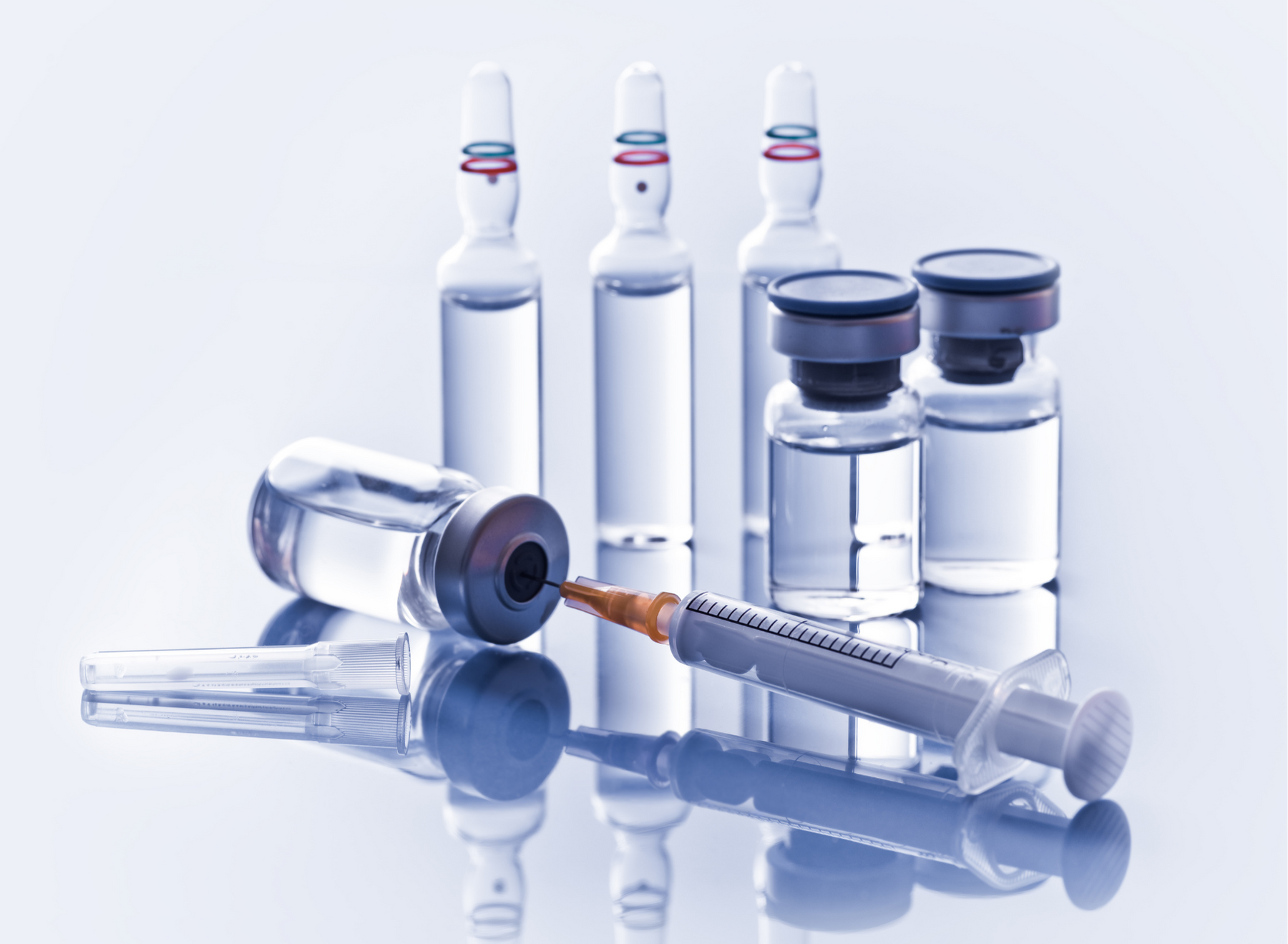ACIP Meeting: COVID-19 Vaccine Safety Updates
Experts presented safety data on the 2 currently authorized COVID-19 vaccines during a meeting of the CDC’s Advisory Committee on Immunization Practices.

On Wednesday, an emergency virtual meeting of the CDC’s Advisory Committee on Immunization Practices (ACIP) provided an update on coronavirus disease 2019 (COVID-19) vaccine safety.
Despite reports of allergic reactions to COVID-19 vaccines in some individuals, instances of anaphylaxis remain rare. Proper understanding and communication of potential safety risks associated with COVID-19 vaccines is crucial for maximizing trust and reducing vaccine hesitancy.
According to presenter Grace M. Lee, MD, MPH, co-chair of the COVID-19 Vaccine Safety Technical (VaST) subgroup, anaphylaxis occurrences are being closely monitored. The COVID-19 Vaccine Safety Technical (VaST) subgroup meets weekly to review all available information and to ensure a coordinated approach across multiple safety surveillance systems. To date, estimated rates of anaphylaxis range from 2.8 to 5.0 per 1 million doses.1
Lee noted that the CDC has recommended risk mitigation strategies, including screening prior to vaccination, monitoring for symptoms post-vaccination, and early recognition and management of anaphylaxis on-site.1
Tom Shimabukuro, MD, MPH, MBA, a member of the CDC’s COVID-19 Vaccine Task Force Vaccine Safety Team, provided an update on v-safe data. V-safe is a smartphone-based tool that uses text messaging and web surveys to provide personalized health check-ins after an individual receives a COVID-19 vaccine.2
According to v-safe findings, nearly 22 million individuals have received 1 or more doses of a COVID-19 vaccine in the United States, at least 2 million have completed at least 1 v-safe health check-in, and approximately 15,000 pregnancies were reported to v-safe.2
Pain appeared to be the most frequently reported adverse reaction, with 70.7% of respondents who indicated feeling pain within 7 days after receiving the vaccine, followed by fatigue (33%). Other reported reactions included2:
- Headache (29.4%)
- Myalgia (22.8%)
- Chills (11.5%)
- Fever (11.4%)
- Swelling (11.0%)
- Joint pain (10.4%)
- Nausea (8.9%)
Higher percentages of local and systemic reactions were reported with the second dose of a vaccine compared with the first dose.2
According to Shimabukuro, the Vaccine Adverse Event Reporting System (VAERS) has received a total of 9096 reports following COVID-19 vaccines, with 1786 responses for the Moderna vaccine and 7307 for the Pfizer-BioNTech vaccine. VAERS helps to rapidly detect safety signals and rare adverse events, but is not designed to assess causality. The most commonly reported adverse events to VAERS after COVID-19 vaccines were headaches.2
Shimabukuro also provided an update on anaphylaxis reports to VAERS.
As of January 18, 2021, 50 reports of anaphylaxis were identified for the Pfizer-BioNTech vaccine and 21 were identified for the Moderna vaccine. For both vaccines, there was a median of 10 minutes to symptom onset, with most (90%) of symptoms of anaphylaxis present in 30 minutes or less.2
A total 129 deaths in long-term care facility (LTCF) residents following COVID-19 vaccination have been reported to VAERS. Shimabukuro noted that mortality is high due to the underlying health status of the LTCF resident population. Case reports of these deaths following vaccinations to VAERS include those with multiple co-morbidities, in ill health and declining states of health, in hospice of DNR or DNI status. According to Shimabukuro, the data do not suggest a signal with respect to overall safety or deaths following vaccinations in residents of LTCFs.2
Additionally, VAERS has received reports of 18 sudden cardiac deaths following COVID-19 vaccination in individuals younger than 65 years.2
“Overall, the safety profiles of COVID-19 vaccines are reassuring and consistent with that observed from the pre-authorization clinical trials,” Shimabukuro reported. Population-based monitoring systems will continue to gather safety data as vaccination increases and the immunization program broadens.2
References
- Lee GM. COVID-19 Vaccine Safety Technical (VaST) Subgroup. ACIP Presentation Slides: January 27, 2021 Meeting. January 27, 2021. Accessed January 28, 2021. https://www.cdc.gov/vaccines/acip/meetings/downloads/slides-2021-01/07-COVID-Lee-Conclusions.pdf
- Shimabukuro T. COVID-19 vaccine safety update. ACIP Presentation Slides: January 27, 2021 Meeting. January 27, 2021. Accessed January 28, 2021. https://www.cdc.gov/vaccines/acip/meetings/downloads/slides-2021-01/06-COVID-Shimabukuro.pdf